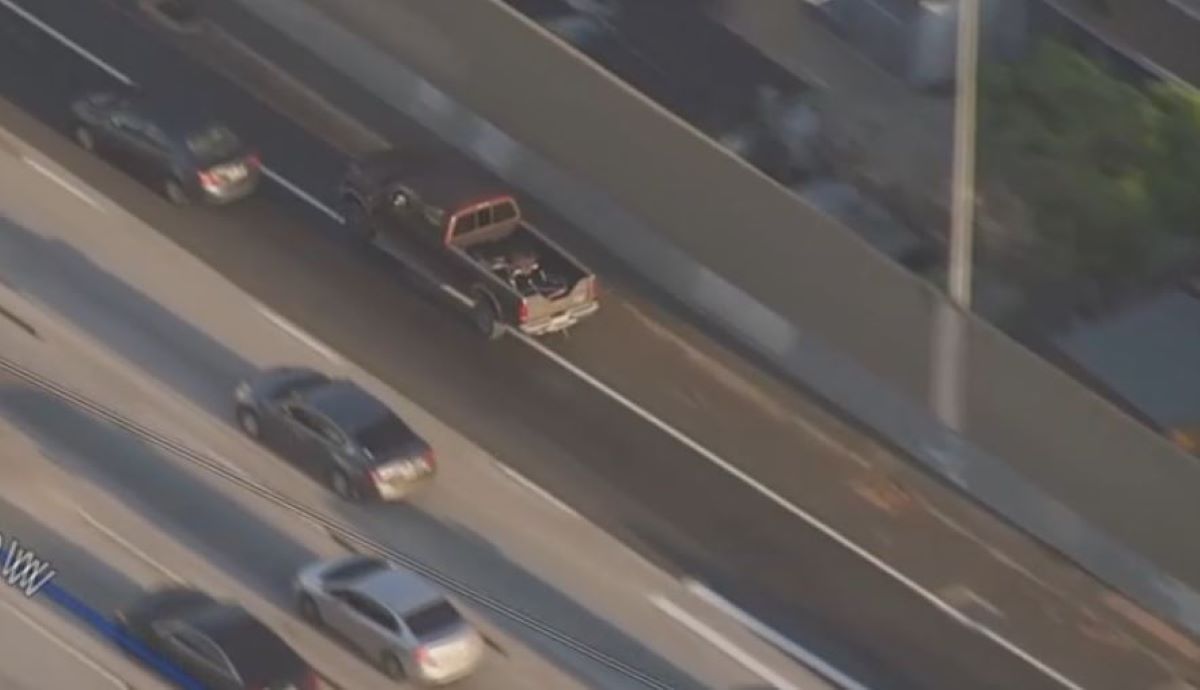Across the country, police are using a novel technology to decrease the dangers of car chases that put thousands of people at risk.
But even as it rolls out to an increasing number of departments, it may not soon make it’s way to Southern California, where pursuits happen several times a day.
StarChase, a device used to track a vehicle from afar, is being used by an increasing number of departments as an alternative to trying to keep up with a suspect’s car.
“It’s not a gimmick, it’s real. It works,” said Chief Art Acevedo of the Austin Police Department.
Here’s how it works: The patrol car is equipped with the StarChase device, which can shoot a foam dart toward a car the officers want to track. If successful, a GPS device sticks to the vehicle.
Police then fall back, and the driver doesn’t even know he or she was still being followed electronically.
“Anytime we can keep eyes on a suspect without having to have our lights and sirens on, which sometimes may cause the suspect to engage in more reckless behavior, it's a win for us,” Acevedo said.
Acevedo spent a decade with the California Highway Patrol before taking the post in Austin, which has used StarChase since 2013.
Acevedo spoke highly of his department’s experience with the device.
“We've deployed on nearly 40 occasions and on every single occasion, we've recovered the suspect vehicle, we've taken the bad guy to justice, and not one innocent member of the community that we care about has been hurt,” he said.
But Austin has only about 100 pursuits a year — a fraction of the roughly 1,200 pursuits each year in LA County.
Retired Commander Sid Heal ran the LA County Sheriff's Department's technology exploration unit before leaving the agency.
“Right now, anything is better than nothing,” Heal said.
But he doesn't believe StarChase is the right tool for Southern California.
Police Chases
Video from Southern California's police pursuits and follow-ups on what happened after the chase
“It's not that it doesn't make sense, but you have to put it in perspective. How much are you going to spend, how effective or efficient is it going to be?” he said.
The device costs about $5,000, which may not be a realistic for the enormous fleet of patrol cars used by agencies in SoCal.
For Heal, there is only one ”holy grail” of pursuit technology, and that would be a switch built into all cars that would allow police to keep the car from accelerating.
“If we caught the car, it's evidence that's all — what we are really after is the suspect,” Heal said, pointing out that the person behind the wheel may not always stay with the car when police leave a chase.
Editor's Note: A previous version of this story in video and text stated local law enforcement agencies tested StarChase. In fact the LAPD and CHP tell us they tested the device a few years ago. While the Los Angeles Sheriff’s department reports it tested similar technology to StarChase.



